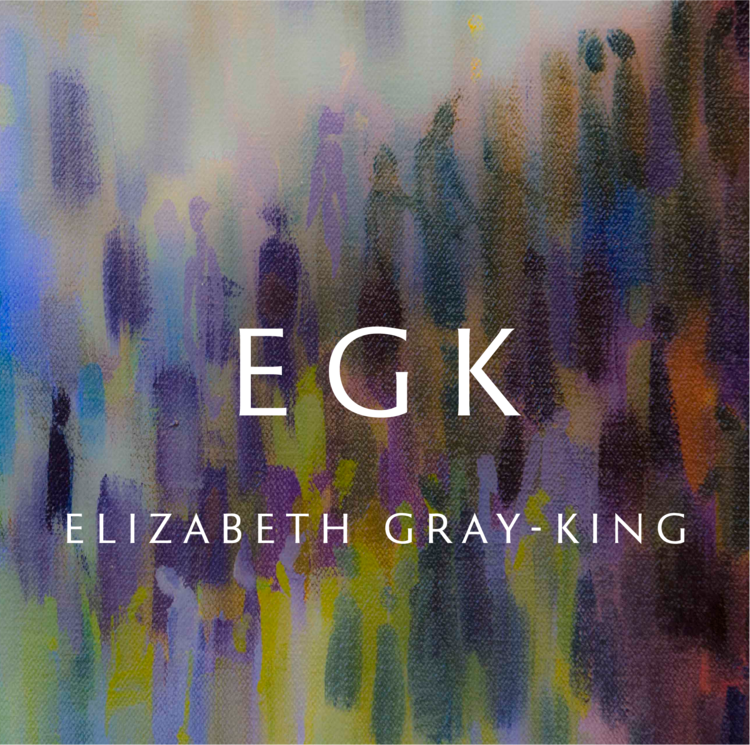Blog
Featured
Please contact me if you would like prints. The following formats are available. All prints on paper are sold on ivory mounting board. Frames may be ordered. Prints on canvas are stretched on wood.
Art Prints: Art Prints are created with laser printers onto quality wood pulp art paper.
Gallery Poster: Gallery Poster is a typical art gallery format with laser printer on poster paper, supplied rolled in a tube.
Giclee Prints: Giclee Prints are inkjet sprayed onto quality cotton rag paper. They’re known for their vibrant colours, fine details, and archival quality. The term "giclee" comes from the French word meaning "to spray," referring to the precise inkjet spraying process used in their production. They’re guaranteed to last at least 100 years (though no one’s been alive long enough since development to know…)
Embellished Giclee Prints: Embellished Giclee Prints are customised by me adding details, textures, or hand-drawn elements to make each cotton paper print unique. The result is a print that combines the advantages of digital printing with a personal touch.
Giclee Prints on Canvas: Giclee Prints are inkjet sprayed onto artist canvas material. This gives the print a texture and appearance similar to a traditional painting on canvas so that they resemble original paintings.
Embellished Giclee Prints on Canvas: Embellished Giclee Prints on Canvas are customised by me adding details, textures, or hand-painted elements to make each print unique. Embellishments added on top of canvas give the print a more three-dimensional painterly effect.
